Shirey Bay Rainey Brake WMA Renovation Project
Due to GTR renovation, please note the following:
- County Road 325 that goes by Hill Slough boat access is closed where the road crosses Hill Slough on the south end of the WMA.
Latest Shirey Bay Rainey Brake WMA Renovation Updates:
- At the beginning of 2025, seven overshot water control structures were installed to replace the undersized flashboard risers. These overshot water control structures will give AGFC the ability to proactively manage the water while adding the needed flow capacity to promote a sustainable bottomland forest. Two more constrictions were identified, removed and replaced with bridges.
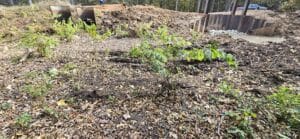
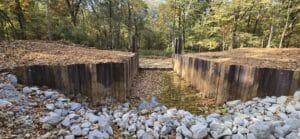
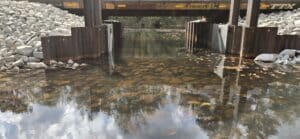
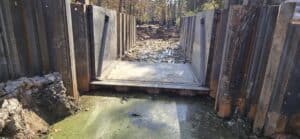
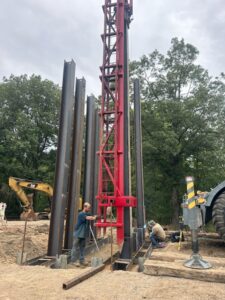
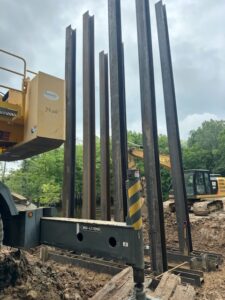
- In March of 2024, crews began mulching four miles of overgrown bush along the ditch to improve the flow of water.

Shirey Bay Rainey Brake WMA Renovation Project
Shirey Bay Rainey Brake WMA consists of 11,308 located southwest of Walnut Ridge on Highway 25 west, approximately 20 miles from Walnut Ridge. Over 3,000 acres of green tree resevoir attract many ducks and offer some of the finest timber hunting opportunity in the state. In 2021, AGFC was authorized to improve water delivery to flood Shirey Bay Rainey Brake WMA in partnership with the Lawrence County Conservation District and Flat Creek Watershed Improvement District.
When complete, the project will increase the flow of water onto 2,306 acres of bottomland hardwood forest, providing wintering waterfowl habitat and duck hunting opportunities faster than current capabilities. The agreements will enable AGFC contractors to remove sediment and excess vegetation from 6.6 miles of a diversion ditch connecting Lake Charles to the WMA. The AGFC also will be able to increase the size of many culvert crossings along the ditch, further enhancing water transport to the WMA’s greentree reservoirs.
In an effort to update the diversion ditch, the project began with crews mulching along the ditch to improve water flow. Reid Phifer, assistant chief of the AGFC’s Operations Division over capital construction, says contractors will work at key points along the ditch to fix siltation issues that have built up over the decades, increasing the capacity of the system. But the lion’s share of improvements to water management will come with the replacement of seven water-control structures and two bridges that are bottlenecks preventing the flow needed to move water through the WMA’s greentree reservoirs.
“It’s going to be 1,000 percent better for water management and getting that water through the WMA during the growing season and give us the opportunity to work with the ecosystem more efficiently during the winter migration,” Jason Jackson, state wetlands program coordinator for the AGFC, said. “We’re replacing all seven of those 36- to 48-inch pipe and precast box water control structures with 11- to 12-foot wide overshot gates. Two bridges also are being installed on existing crossings that cause a bottleneck where the flow slows down.”
According to Phifer, the old concrete structures will be replaced with railcar bridges.
“The bridges and each water-control gate will replace the undersized, aged, failing infrastructure,” Phifer said. “We anticipate having equipment in place to begin the larger construction projects within the next week. All structures and bridges will be replaced one at a time to lessen any access issues.”
AGFC Director Austin Booth said the project could not have been undertaken without the help of many partners, including Arkansas Sen. John Boozman, who recently celebrated the passage of many appropriations bills to aid Arkansans and various infrastructure projects in The Natural State.
“Shirey Bay is one area where we can be proactive and accomplish a lot for public waterfowl habitat with some straightforward improvements to infrastructure,” Booth said. “On behalf of Arkansas’s sportsmen and sportswomen, I am grateful for Sen. Boozman’s strong and dependable support for conservation and faith in the waterfowl hunting and conservation community to improve habitat and provide public waterfowling access for future generations.”
Resources
Below you can find more information regarding the closure of these areas and the standards that demonstrate the agency’s commitment to responsible forestry and building better habitats across our natural state:
For more information about this WMA, please visit the link below:
